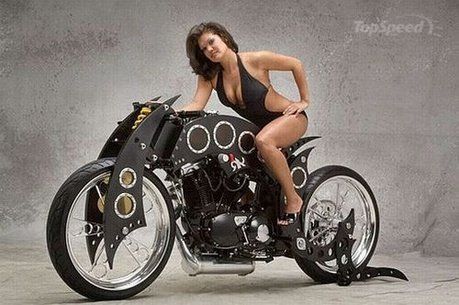Currently on exhibit at the International Center for Photography (ICP) in New York, 'The Mexican Suitcase' refers to three cardboard boxes smuggled out of France at the beginning of WW2, likely by the Mexican ambassador, containing 126 rolls of film, lost for 70 years, from three of the most important photojournalists to cover the Spanish Civil War; Robert Capa, Gerda Taro, and David 'Chim' Seymour. These three young and idealistic photographers entered Spain in 1936 to document the terrible struggle between the elected Leftist government, and a half-successful coup organized by General Francisco Franco, backed by a coalition of monarchists, capitalists, the Catholic church, and Fascists.
Hoping to sway international opinion through the use of their photographs, Capa, Taro (Capa's lover, see both above), and Chim took dramatic photos which changed the course of photography, if not the war. With the mantra 'if the photo isn't interesting, you're not close enough to the battle', these three were intimately involved with the Republican soldiers fighting against the US- and Fascist-backed rebellion. The three photographers weren't the only foreigners helping the Republicans via media accounts; luminaries such as Ernest Hemingway (below), Paul Robeson, Pablo Neruda, and George Orwell (who actually took up arms, and wrote 'Homage to Catalonia' about his experiences in the war) felt the urgency of fighting the European tide of Fascism which arose in the 1930s in Italy and Germany.
The Republican soldier riding the motorcycle was photographed by Gerda Taro (the nom de plume of Gerta Pohrylle of Germany), and is hiding in the forest during an aerial attack by German Heinkel He51s, in the battle of Navacerrada Pass, between Madrid and Segovia, early June 1937. This very battle is the setting for Ernest Hemingway's 'For Whom the Bell Tolls', in which a journalist/Hemingway stand-in, Robert Jordan, is an American who travels to Spain to fight fascism. About 2800 Americans (the 'Abraham Lincoln Brigade') did so, although I doubt any brought their motorcycles, as there was an official US embargo on providing any material aid to the Spanish, and some of the Americans were prosecuted after returning to the US.
The Harley Davidson looks to be a 'VLD' model of 1932-'36, their 74cubic inch sidevalve roadster, hardly suited to the kind of off-road work used in a military campaign... but of course, private motorcycles were pressed into service during war in Spain, and shortly after, the rest of Europe. The Harley has a German Bosch headlamp, which may have been a convenient replacement for the original item, after damage. No other modifications appear to have been made to the bike; Spain had no time to make specialist war equipment or even paint military machines drab or camouflage. In his leather jacket and boots, plus beret and goggles, the rider could be any of us on his Harley, out for a spin in the woods. But the look of anxiety on his face, keeping his hands on the 'bars, means our rider is ready to hightail it at the first sign of an incoming plane...
Thanks to JJ Ward for alerting me to these photos!
|
|
|---|
Subscribe to:
Post Comments (Atom)













No comments:
Post a Comment